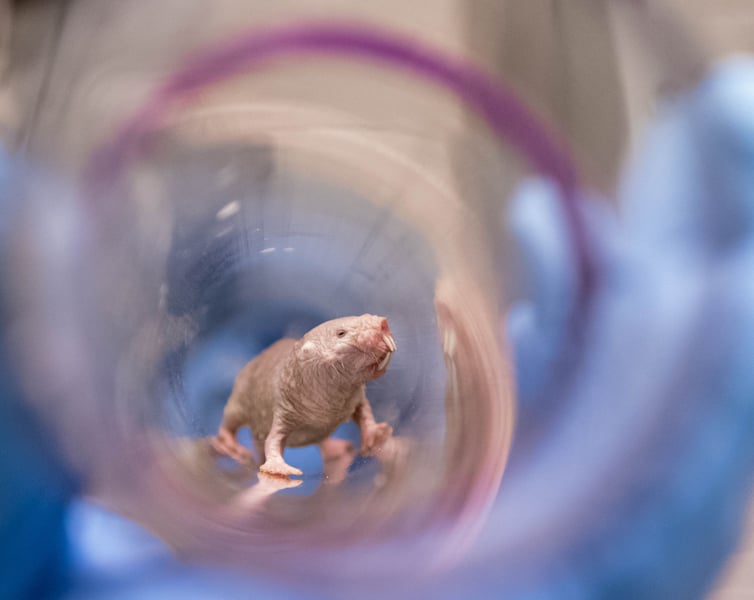(330) 876-1228
8507 Main StreetKinsman, OH 44428
(330) 876-1229

The naked mole-rat is unusual among mammals for many reasons, not least because these rodents remain fertile throughout their decades-long life span.
Researchers think the reasons behind that lifelong fertility could eventually point the way to new therapies for human couples struggling to have a baby.
"Naked mole-rats are the weirdest mammals,"said lead researcher Dr. Miguel Brieño-Enriquez, assistant professor at Magee-Womens Research Institute in Pittsburgh and the University of Pittsburgh School of Medicine.
For example, naked mole-rats are about the same size as mice, but have a life expectancy of 30 years or more compared to the four-year life span of a mouse.
"They're the longest-lived rodent, they almost never get cancer, they don't feel pain like other mammals, they live in underground colonies, and only the queen can have babies. But to me, the most amazing thing is that they never stop having babies -- they don't have a drop in fertility as they age,"Brieño-Enriquez said in a university news release. "We want to understand how they do this."
Most female mammals -- including humans -- are born with a finite number of egg cells. This limited supply depletes over time, and fertility naturally declines with age.
But naked mole-rats can breed right through old age, suggesting that the burrowing rodents native to Africa have the special ability to preserve their egg supply.
"There are three possibilities for how they do this: They are born with a lot of egg cells, not as many of these cells die, or they continue to create more egg cells after birth,"Brieño-Enriquez said.
As it happens, he and his colleagues found evidence for all three processes in the mole-rats.
Naked mole-rats are born with a ton more eggs than mice, researchers discovered. At 8 days old, a female naked mole-rat has on average 1.5 million egg cells, about 95 times more than mice.
Further, they keep producing new egg cells. Egg precursor cells were found actively dividing in both 3-month-old and 10-year-old mole-rats, suggesting that egg production could continue throughout their lives.
"This finding is extraordinary,"said senior researcher Dr. Ned Place, a professor at the Cornell University College of Veterinary Medicine. "It challenges the dogma that was established nearly 70 years ago, which stated female mammals are endowed with a finite number of eggs before or shortly after birth, without any additions being made to the ovarian reserve thereafter."
Researchers also found that the reproductive system in female naked mole-rats can be spontaneously activated.
Naked mole-rats live in colonies like bees or ants, and only the queen female in a colony can breed. Reproduction is suppressed in the other females.
"Unlike bees or ants, a female naked mole-rat is not born a queen,"Brieño-Enriquez said. "When the queen dies or is removed from the colony, subordinate females compete to take her place and become reproductively activated. Any girl can become a queen."
The research team removed 3-year-old females from a colony to prompt reproductive activation, and then compared the new queens to other subordinate females.
They found that the non-breeding subordinates had egg precursor cells in their ovaries, but the cells started dividing only after their transition to queen.
"This is important because if we can figure out how they're able to do this, we might be able to develop new drug targets or techniques to help human health,"Brieño-Enriquez said. "Even though humans are living longer, menopause still happens at the same age. We hope to use what we are learning from the naked mole-rat to protect ovary function later in life and prolong fertility."
Naked mole-rat insights also could benefit women's health in other ways, Brieño-Enriquez said.
"The ovary is more than just a baby factory,"he continued. "Ovary health influences cancer risk, heart health and even life span. Better understanding of the ovary could help us find ways to improve overall health."
The new study was published Feb. 21 in the journal Nature Communications.
More information
The U.S. Centers for Disease Control and Prevention has more about infertility.
SOURCE: University of Pittsburgh, news release, Feb. 21, 2023
